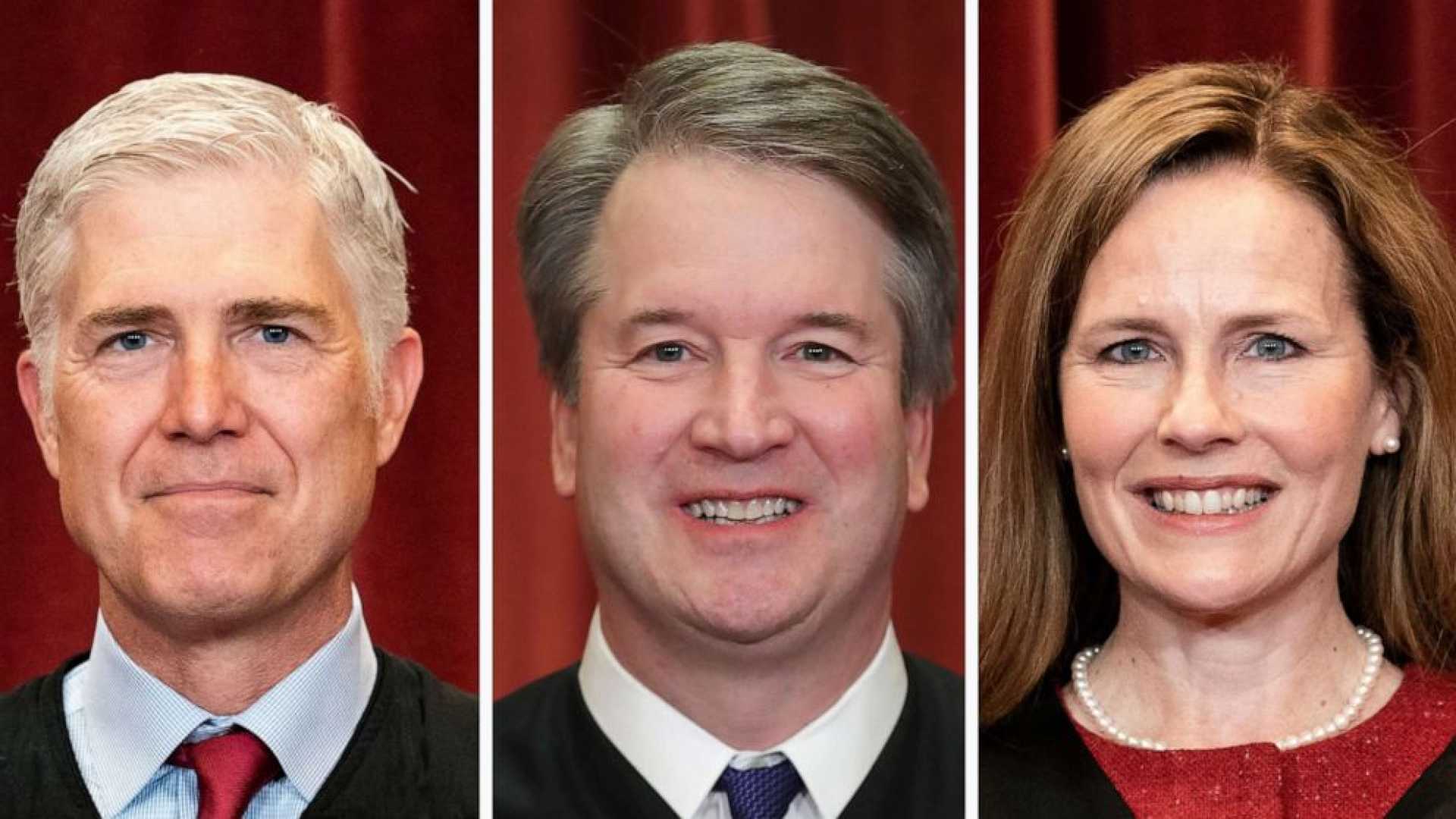Politics
Trump’s Supreme Court Legacy: A Reshaped Judiciary and Presidential Power

WASHINGTON, D.C. — When Supreme Court justices first shared an inaugural stage with Donald Trump in 2017, they witnessed a president who vowed to end “American carnage.” Eight years later, the judiciary has been fundamentally reshaped in his image, with three Trump-appointed justices and a series of landmark rulings that have expanded presidential power and shifted the nation’s legal landscape.
The court, now dominated by a conservative majority, has delivered key victories for Trump, including granting him substantial immunity from criminal prosecution and upholding his travel ban. These decisions have not only bolstered Trump’s agenda but also raised questions about the court’s independence and its role in American democracy.
Chief Justice John Roberts, who has had a complicated relationship with Trump, authored the pivotal July 1, 2024, decision that shielded Trump from prosecution for actions taken during his presidency. “The president is not above the law, but Congress must clearly define the limits of executive power,” Roberts wrote, a ruling that has sparked widespread debate.
Trump’s influence on the court extends beyond his appointments. Justices Clarence Thomas and Samuel Alito, both conservative stalwarts, have shown alignment with Trump’s policies. Thomas’s wife, Ginni, a prominent conservative activist, actively supported efforts to overturn the 2020 election results. Meanwhile, Alito faced scrutiny after taking a call from Trump about a former law clerk seeking a position in his administration.
On the liberal side, Justice Sonia Sotomayor has been a vocal critic of Trump. During oral arguments in the TikTok dispute, she questioned whether Trump would enforce Congress’s ban, highlighting her skepticism of his commitment to the rule of law.
The court’s transformation began in 2018 with its decision to uphold Trump’s travel ban targeting several Muslim-majority countries. The 5-4 ruling, written by Roberts, dismissed Trump’s anti-Muslim statements as irrelevant, emphasizing presidential discretion over immigration policy. This marked a turning point in the court’s approach to executive power.
In 2022, the court overturned Roe v. Wade, a decision that aligned with Trump’s promise to appoint justices who would roll back abortion rights. The ruling, supported by all three Trump appointees—Justices Neil Gorsuch, Brett Kavanaugh, and Amy Coney Barrett—ignited nationwide protests and reshaped the political landscape.
Trump’s relationship with the court has not been without tension. In 2020, he expressed frustration after the justices rejected his bid to end the Deferred Action for Childhood Arrivals (DACA) program. “Do you get the impression that the Supreme Court doesn’t like me?” he tweeted. Yet, by and large, Trump has had little reason to complain, as the court has consistently ruled in his favor on critical issues.
As Trump prepares to return to the White House, the Supreme Court’s role in his administration remains a focal point. With a judiciary shaped by his appointments and a series of rulings that have expanded presidential power, the court is poised to play a central role in the legal battles that lie ahead.












